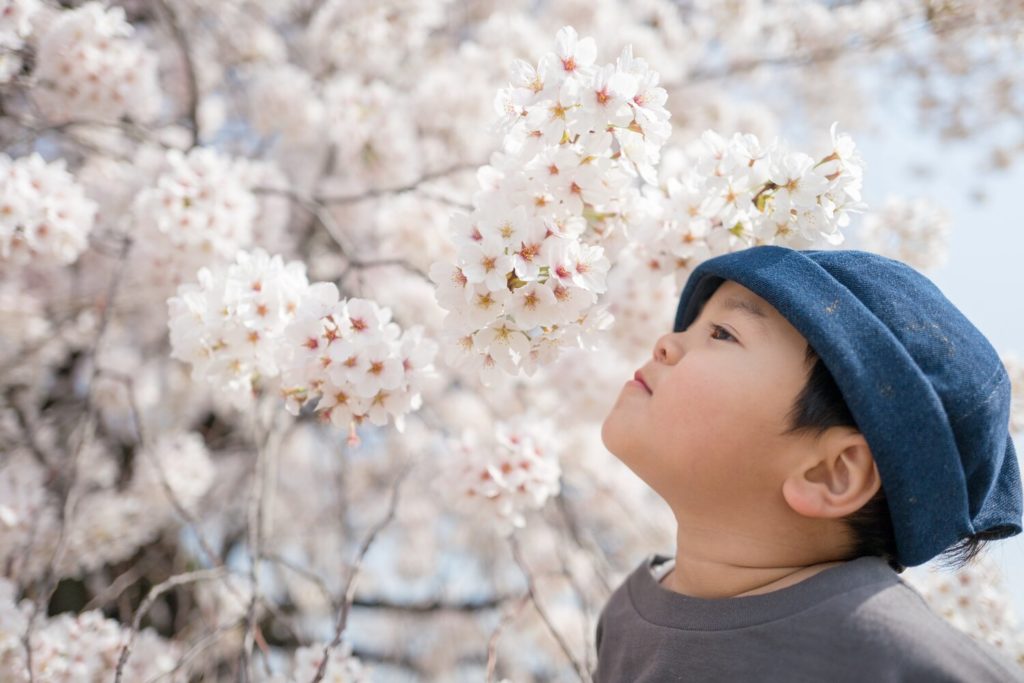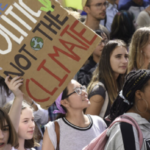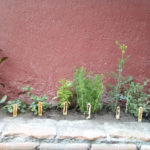On 4 March, the Children’s Environmental Rights Initiative (CERI), Child Rights Connect Working Group on Child Rights and the Environment and Terre des Hommes delivered a joint statement for the interactive dialogue with the UN Special Rapporteur on Human Rights and the Environment at the Human Rights Council’s 46th Session. It draws attention to the relationship between children’s rights and the environment and calls on governments to recognize the right to a healthy environment, a step of particular relevance to children and future generations. Over 90 organizations across the world have endorsed the statement.
Realising children’s right to a healthy environment
This statement is made on behalf of the Child Rights Connect Working Group on child rights and the environment and the Children’s Environmental Rights Initiative.
No group is more vulnerable to environmental harm than children. The numbers are truly shocking. More than 1.7 million children under the age of five lose their lives every year as a result of avoidable environmental impacts, while millions more suffer disease and permanent forms of harm. We welcome the focus on children’s rights in the latest report from the UN Special Rapporteur on Human Rights and the Environment, which states that every day, more than 700 children under the age of five die from water- and sanitation-related disasters. By 2040, almost 600 million children will live in regions with extremely limited water resources. From toxic water pollution and chemicals, to the climate crisis and global biodiversity loss, environmental risks pose grave and wide-ranging threats to children’s rights enshrined in the UN Convention on the Rights of the Child, with particular burdens faced by children facing intersecting forms of discrimination and marginalisation, including girls, children with disabilities, indigenous children and those living in poverty.
Although this has been widely documented in the past couple of years, there is still a gap in the recognition of the links between environmental harm and children’s rights. Children are not sufficiently recognised as holders of environmental rights; violations of their rights in relation to environmental breakdown are still underreported and are not met with adequate remedies. Strong normative standards to advance children’s environmental rights are missing.
The UN should formally recognise the right to a healthy environment as soon as possible. It would provide comprehensive protection against environmental harm, spur all states to prioritize actions to implement this vital human right and empower those working to protect the environment. Such a step would be of particular relevance to children and future generations, who shoulder a disproportionate share of the burden of environmental harm. It is beyond debate that children are wholly dependent on the natural environment to lead dignified, healthy and fulfilling lives, including a safe climate, clean air, safe water and adequate sanitation, healthy and sustainably produced food, non-toxic environments to learn and play in, and healthy biodiversity and ecosystems. In the face of an unprecedented environmental crisis, children and youth across the world are calling for more urgent and ambitious action.
SIGNATORIES
-
Advocacy For Child Justice (ACJ)
-
Advocates of Hope Zimbabwe
-
AFCOD-UGANDA
-
Africa Movement of Working Children and Youth
-
Alliance for Health Promotion
-
Association des Citoyens pour le Développement Durable en Haïti
-
Awometrust
-
Burundi Child Rights Forum
-
Centre for Children’s Rights, Queen’s University, Belfast
-
Centre for Environment and Rural Development
-
Child Rights Coalition Asia
-
Child Rights Connect
-
Child Rights International Network (CRIN)
-
Childline
-
Children and Young People Living for Peace (CYPLP)
-
Children and Youth Movement – Philippines
-
Children Rights Advocacy and Legal Aid Foundation (CRALAF)
-
Climate Warriors India
-
Collective Community Action
-
Community Transformation Foundation Network (COTFONE)
-
Connecting
-
CRN COMMITTEE
-
Environment Africa
-
Friedrich Ebert Stiftung, Kenya
-
Gatef organizations
-
Give Hope Uganda
-
Green Institute
-
How Impact
-
Human Rights Watch
-
Humanium
-
IAM Mbare Youth Development Centre
-
International Institute for Child Rights and Development
-
Joy Village Foundation
-
Kiambu county CHV CBO
-
Kishoka Youth Community Based Organization
-
Kiwangala Community Early Childhood Development Centre
-
Kiwangala Community Library
-
Kiwangala Community Primary School
-
Kiwangala Community Social Initiatives
-
Let Girls Learn Kenya Initiative
-
Letsema Child Right Ambassadors
-
Letsema Child Rights Network
-
Livingstone Rhinos Rugby Union Club
-
LRC ambassadors
-
Make Mothers Matter
-
Manyatta Development is Power
-
MDT
-
MenEngage Uganda Network
-
Midlands AIDS Services Organisation
-
Midlands State University
-
Midlands State University Environmental Society(MSUES)
-
Mtoto News
-
Mubimba Primary School
-
Mwanakwaye Movement
-
Nest Foundation
-
New Zimbabwe Youth Forum
-
Pahchan Foundation
-
Panos Institute Southern Africa
-
PIVJET International
-
Plan International
-
Rede de jovens
-
REPSSI
-
Retsepile Support and Development Group
-
Revival NGO
-
RNCYPT
-
Save the Children
-
SGE Initiatives
-
Soka Gakkai International (SGI)
-
Somero
-
Sonke Gender Justice
-
SOS Children’s Villages – Eswatini
-
Strive Foundation Uganda
-
SUHAKAM – Human Rights Commission Malaysia
-
TERRE DES HOMMES
-
The B Team
-
The Boys Brigade Nigeria
-
The Community Human Rights Defenders Network (ACPDH)
-
The Conscientization Movement
-
The Future Generations Project
-
Trinity Project
-
TROVOCO
-
University Student Chamber International
-
UNMGCY
-
Village of Hope for Development and Rehabilitaton for Persons with Intellectual Disabilities
-
Vunja Kimya Foundation
-
World Vision International
-
Young People’s Network on Sexual Reproductive Health on HIV and AIDS, Zvishavane
-
Young Voices Trust
-
YOUNGO
-
Youth Environment Service
-
Youth Network for Positive Change
-
Zambia Civic Education Association
-
Zimbabwe Environmental Law Association
-
Zimbabwe Environmental Law Association Youth Network
